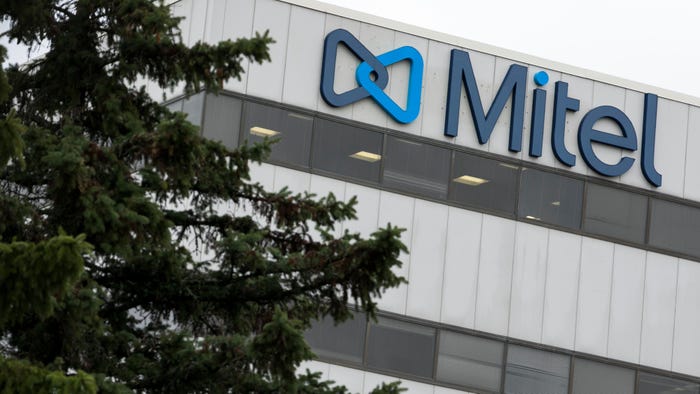'Chimera' Threat Group Abuses Microsoft & Google Cloud Services
Researchers detail a new threat group targeting cloud services to achieve goals aligning with Chinese interests.

Security researchers are watching a threat group that takes advantage of Microsoft and Google cloud services with the goal of exfiltrating data across a broad range of target organizations.
These attackers have a "wide set of interests," say researchers with NCC Group and Fox-IT, who note the group is referred to as Chimera. Their target data ranges from intellectual property belonging to victims in the semiconductor industry to passenger data from the airline industry.
Chimera appeared in various incident response engagements between October 2019 and April 2020. Researchers say the group has remained undetected in a network for up to three years.
Attackers begin by obtaining usernames and passwords from victims of previous breaches. The credentials are used in credential stuffing or password-spray attacks against a victim's remote services; for example, Web mail or other online mail services. Once they have a valid account, they use it to access the victim's VPN, Citrix, or another remote service with network access.
With a foothold in the network, the attackers check the account permissions and try to get a list of accounts with admin privileges. This list helps them launch another password-spraying attack until a valid admin account is compromised. They use this account to load a Cobalt Strike beacon into memory; this is can be used for remote access and command and control (C2).
In a writeup, researchers explain how the attackers use Microsoft and Google cloud services to achieve their goals. In one case, they collected data from Microsoft SharePoint Online in order to exfiltrate information. In other attacks, they changed their C2 domains: in 2019 they began using subdomains under the parent domain appspot.com, which is owned by Google, and azureedge.net, a domain owned by Microsoft and part of its Azure content delivery network.
Read the full analysis for more details.
About the Author
You May Also Like




